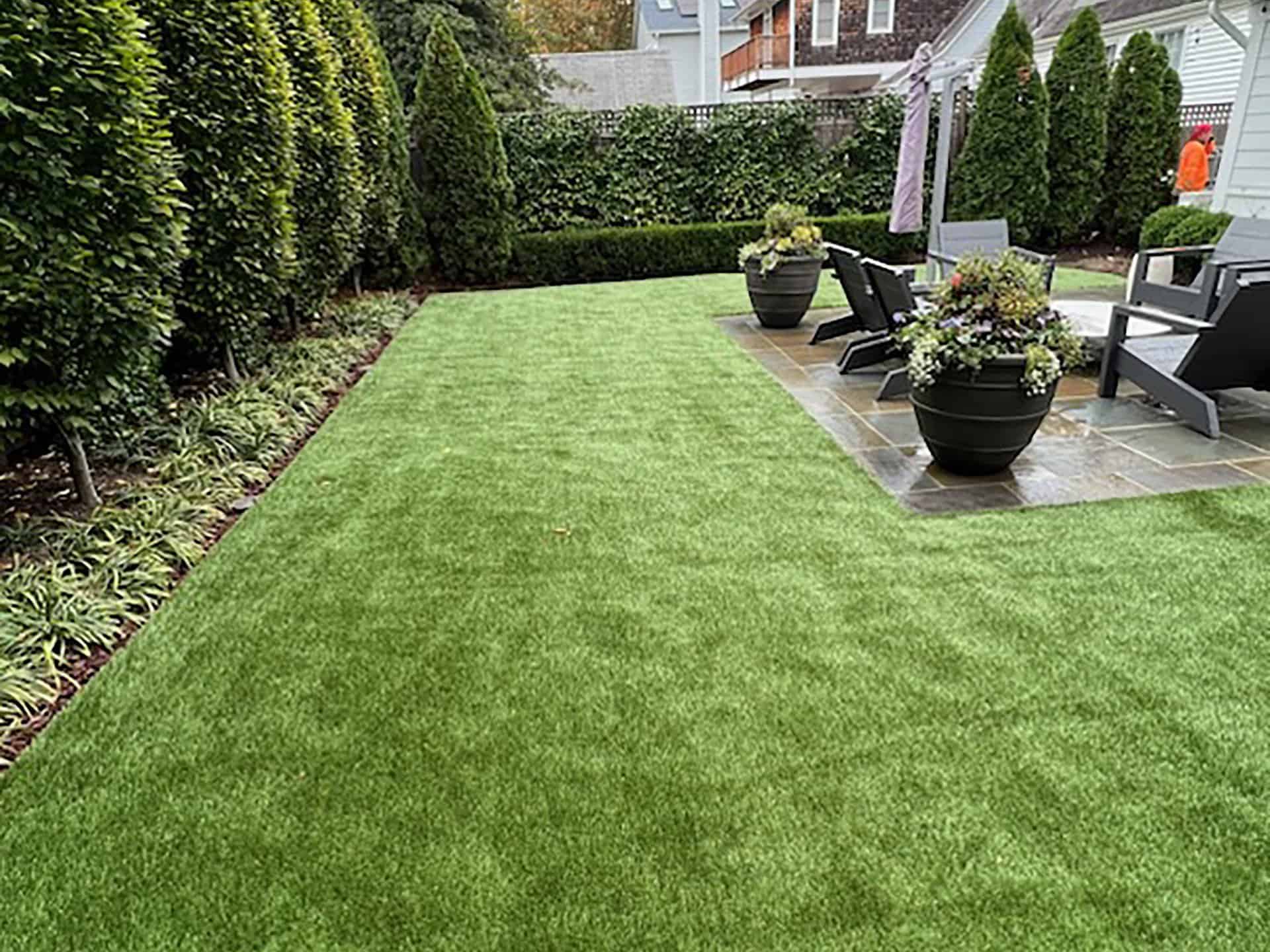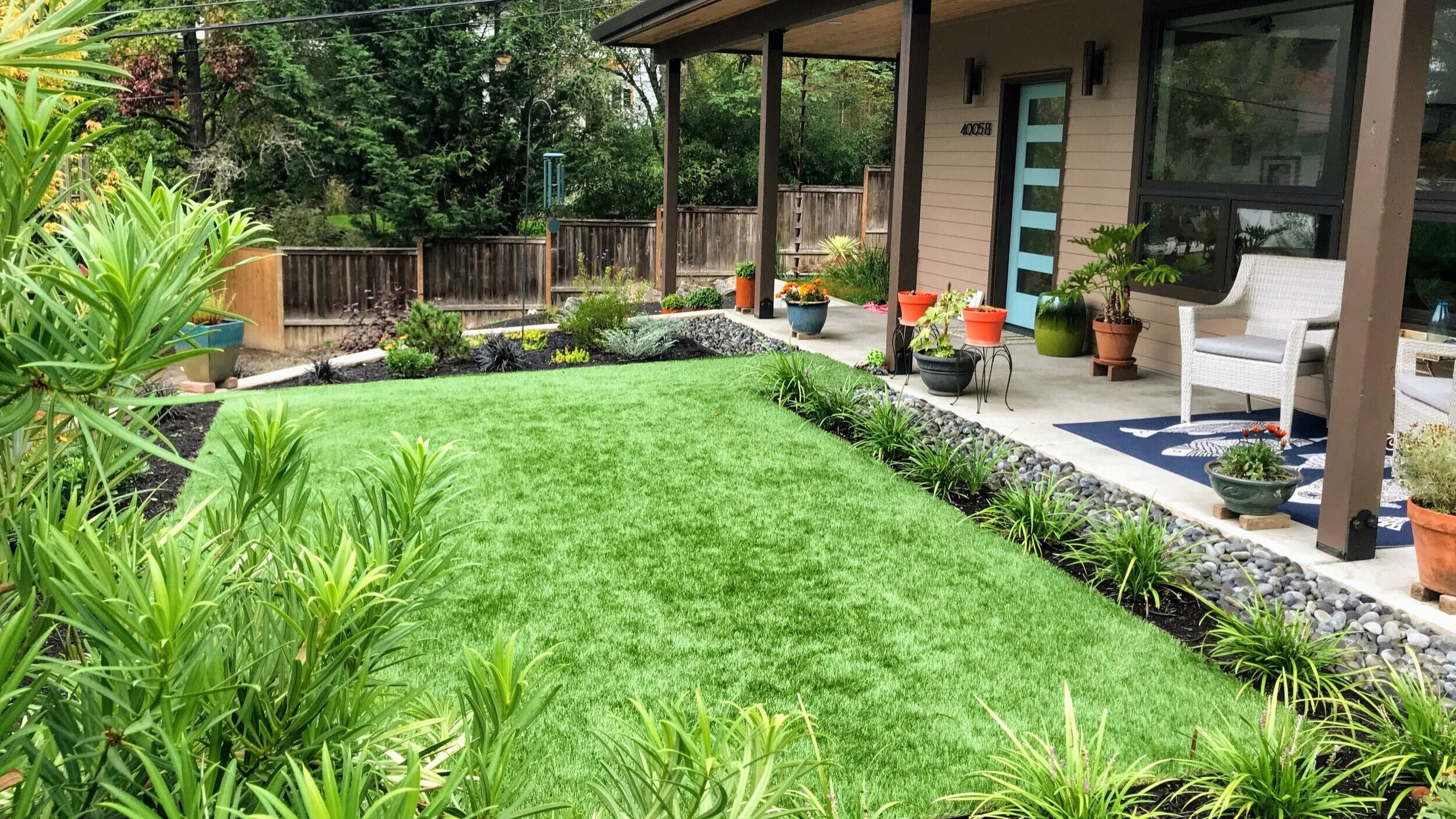Top Phoenix Turf Companies Offering Superior Synthetic Grass Options
Delve Into the Environmental Benefits of Opting for Artificial Grass Solutions
The fostering of fabricated lawn options provides a compelling possibility to address pressing ecological challenges. By significantly minimizing water use and minimizing the application of unsafe chemicals, these options not only promote lasting landscape design yet also secure regional ecosystems.
Water Conservation Perks
One of the most considerable advantages of artificial lawn is its capacity to preserve water. In contrast, synthetic turf does not require watering, dramatically reducing the overall need for water resources.
By getting rid of the need for regular watering, synthetic grass contributes to lasting landscape practices and helps reduce the ecological effect of too much water consumption. The conservation of water extends to the decrease of runoff, which can lead to soil disintegration and waterway contamination.
Furthermore, the installation of synthetic grass permits municipalities and homeowners to designate water sources more successfully, focusing on essential usages such as drinking water and agriculture. The shift in the direction of synthetic grass not only advertises liable water use but additionally aligns with wider environmental goals targeted at maintaining natural resources.
As communities significantly prioritize sustainability, the water preservation advantages of synthetic grass present a compelling situation for its adoption in residential and commercial landscape design jobs.
Minimized Chemical Use
The transition to synthetic grass dramatically decreases the reliance on chemical treatments commonly utilized in all-natural turf upkeep. Traditional turf administration generally includes the application of herbicides, fertilizers, and pesticides to advertise development and control insects. These chemicals can posture dangers to human wellness, neighborhood wild animals, and the setting, contributing to soil and water contamination.
In comparison, artificial grass removes the demand for these dangerous substances. By reducing the launch of artificial compounds right into the community, artificial grass promotes healthier dirt and water systems.
Additionally, the absence of chemical runoff connected with fabricated grass installations helps protect local waterways from air pollution, sustaining marine life and maintaining biodiversity. Arizona artificial turf. As neighborhoods significantly focus on lasting methods, selecting man-made grass offers a feasible option that aligns with environmental conservation goals. Via this change, homeowner can appreciate lavish eco-friendly areas without jeopardizing environmental health, leading the way for a more sustainable future
Lower Carbon Impact

Additionally, the installment of synthetic grass can lead to significant water conservation. All-natural grass need considerable amounts of water for watering, which not just contributes to the carbon footprint associated with water removal and therapy however also pressures local water sources. On the other hand, fabricated turf requires minimal upkeep, calling for no watering, thereby dramatically decreasing water use and its associated energy costs.
Additionally, the longevity of fabricated turf adds to its reduced carbon influence. With a life-span of up to 15 years or even more, the demand for regular replacements is reduced, causing much less waste and lower energy consumption in manufacturing and disposing of traditional turf options. Generally, synthetic grass presents a lasting alternative for ecologically conscious landscaping.
Environment Conservation
Environment preservation is a critical factor to consider in the debate over landscape design selections, specifically when contrasting fabricated lawn to all-natural yard. Natural grass yards typically require extensive maintenance, consisting of using herbicides, plant foods, and chemicals, which can adversely influence neighborhood ecosystems. These chemicals can seep right into the soil and rivers, hurting indigenous flora and fauna and interfering with regional environments.
On the other hand, artificial lawn provides an opportunity to reduce the eco-friendly footprint of landscape design. By selecting artificial yard, home owners can reduce the disruption of natural habitats related to typical lawn treatment methods. Synthetic lawn eliminates the demand for damaging chemicals, therefore shielding neighboring wildlife and preserving the stability of surrounding environments. Moreover, the installation of synthetic grass can bring about the conversion of previous grass areas right into even more biodiverse landscapes, such as pollinator gardens or find out indigenous plant areas, which can sustain local wildlife.
Ultimately, the shift to man-made grass not only conserves water and lowers upkeep initiatives however likewise fosters a more unified connection between human tasks and the native environment, advertising habitat preservation while doing so.
Long-Term Sustainability
Lasting sustainability is an important aspect in examining the benefits of artificial turf over typical lawn lawns. Among one of the most considerable benefits of synthetic grass is its resilience; it can last up to 15-20 years with marginal maintenance, whereas natural turf requires constant reseeding and replacement. This longevity decreases the need for consistent sources, such as water, plant foods, and chemicals, which are necessary for maintaining a healthy and balanced grass lawn.
Additionally, synthetic lawn contributes to a reduction in carbon exhausts associated with yard treatment tools. Conventional lawns usually need gas-powered lawn mowers, leaners, and blowers, every one of which contribute to air contamination. Artificial turf companies phoenix. In comparison, man-made turf gets rid of the requirement for such equipment, promoting a cleaner atmosphere
Moreover, the manufacturing of synthetic grass increasingly utilizes recycled materials, boosting its sustainability account. As producers embrace eco-friendly techniques, the environmental footprint of synthetic grass remains to lessen.

Conclusion
The adoption of synthetic grass services offers substantial ecological advantages, including significant water conservation, decreased reliance on hazardous chemicals, and a reduced carbon impact. Synthetic turf aids in preserving all-natural environments by minimizing land disturbance and promoting long-lasting sustainability through the usage of sturdy products. Jointly, these aspects highlight the potential of artificial grass to contribute favorably to ecological important source health and wellness and provide a viable alternative to standard landscaping methods in a progressively resource-conscious world.
In contrast, fabricated lawn does not require watering, substantially decreasing the total demand for water sources. By reducing the release of artificial compounds right into the environment, man-made turf advertises healthier dirt and water systems.
Moreover, the installation of man-made lawn can result in considerable water conservation. In comparison, artificial grass requires very little maintenance, needing no watering, thereby substantially reducing water use and its connected power costs.
